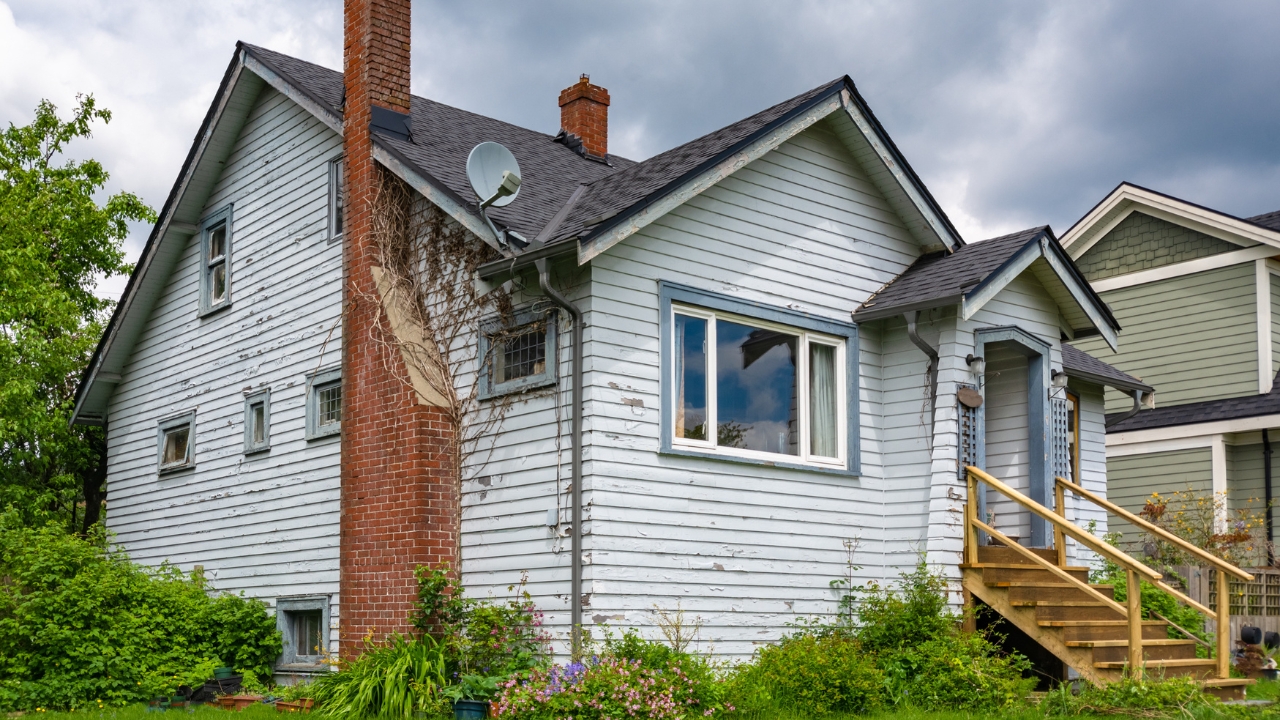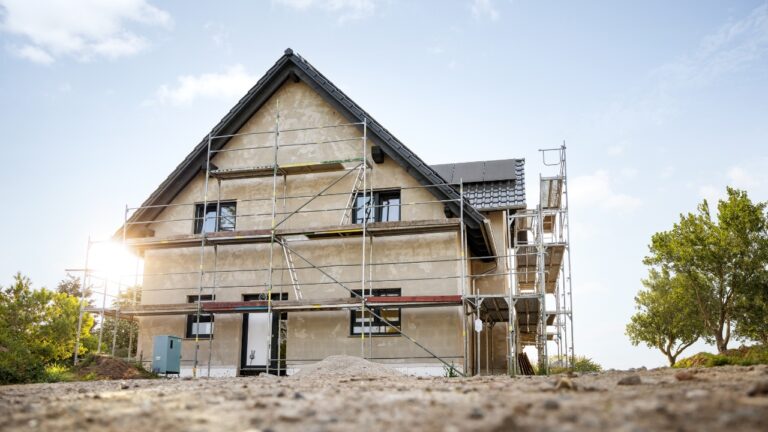How to Make an Old House Feel Solid Again
Old houses have character, but sometimes they feel more fragile than functional. Doors don’t shut right, floors creak, and drafts sneak in no matter how many times you seal the windows. The good news is, you don’t have to gut the place to make it feel solid again.
A few smart upgrades and some focused effort can bring back that tight, secure feel. Here’s what actually makes a difference—things I’d fix first if I bought an old place tomorrow.
Shore Up the Foundation
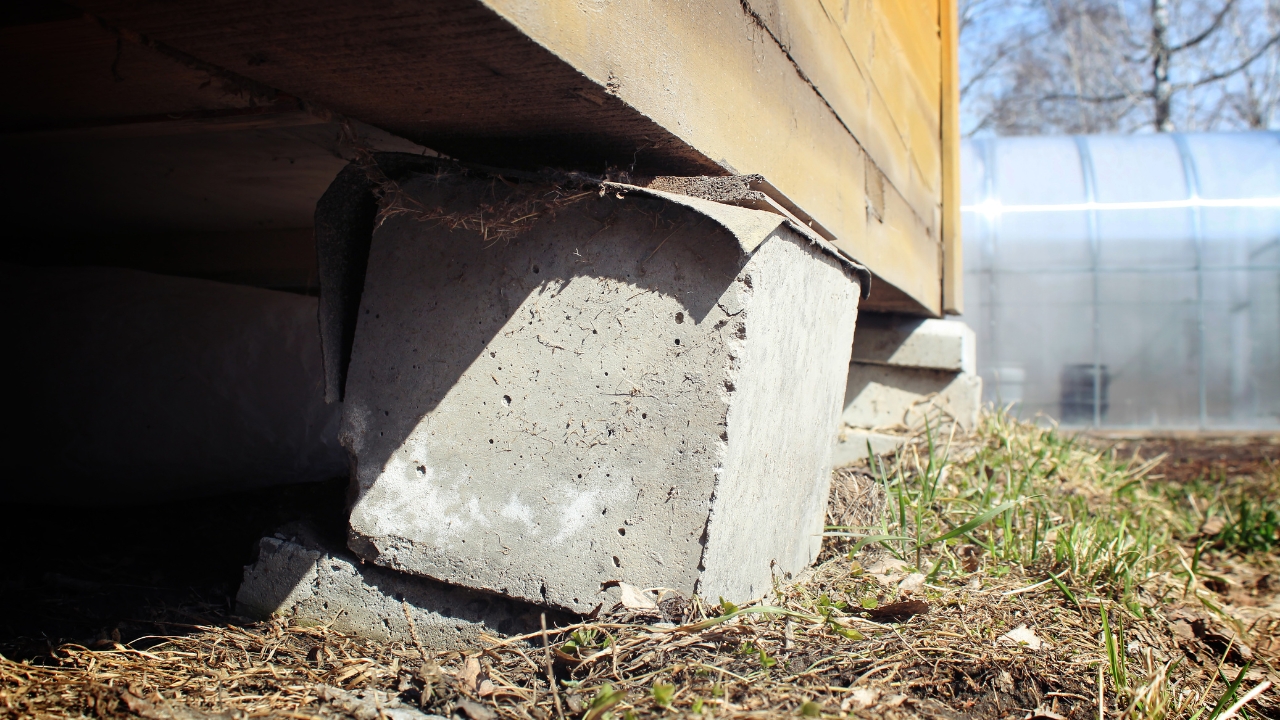
If the floors feel uneven or you’re seeing cracks in the walls, it’s worth checking the foundation. Older homes settle over time, and sometimes they settle too far. A structural inspection can help pinpoint problem areas, and from there, you might need to add piers or sister some joists. It’s not always a huge job, but it’s one of the most important.
Even if things look okay, it doesn’t hurt to make sure gutters and drainage are keeping water away from the foundation. Water pooling around the base will cause issues sooner or later.
Reinforce Floor Joists
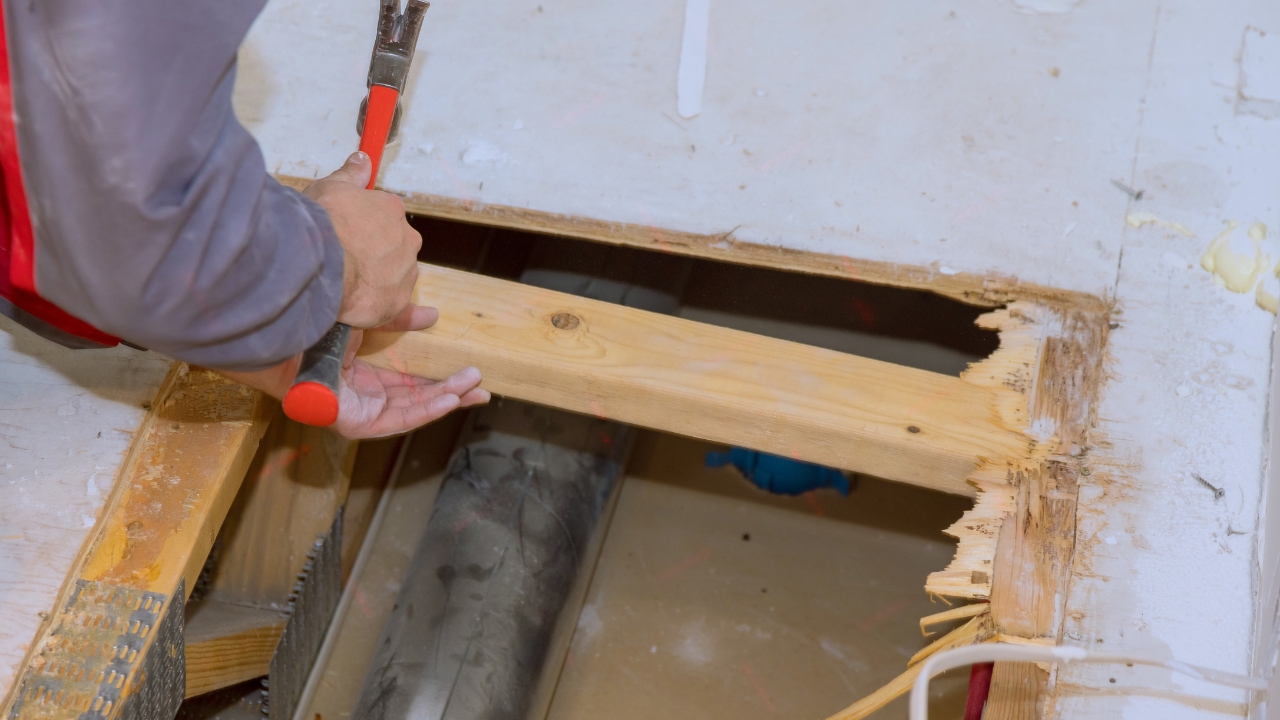
Soft, bouncy floors are a common problem in older homes. Usually, it’s because the floor joists are undersized or have started sagging with age. You can stiffen them up by sistering new boards alongside the old ones or by adding blocking between them.
If you’ve got access to the crawlspace or basement, this can be a DIY-friendly fix. If not, a contractor can usually get it done without tearing up the whole floor. Either way, once it’s done, the house instantly feels sturdier underfoot.
Upgrade the Subfloor
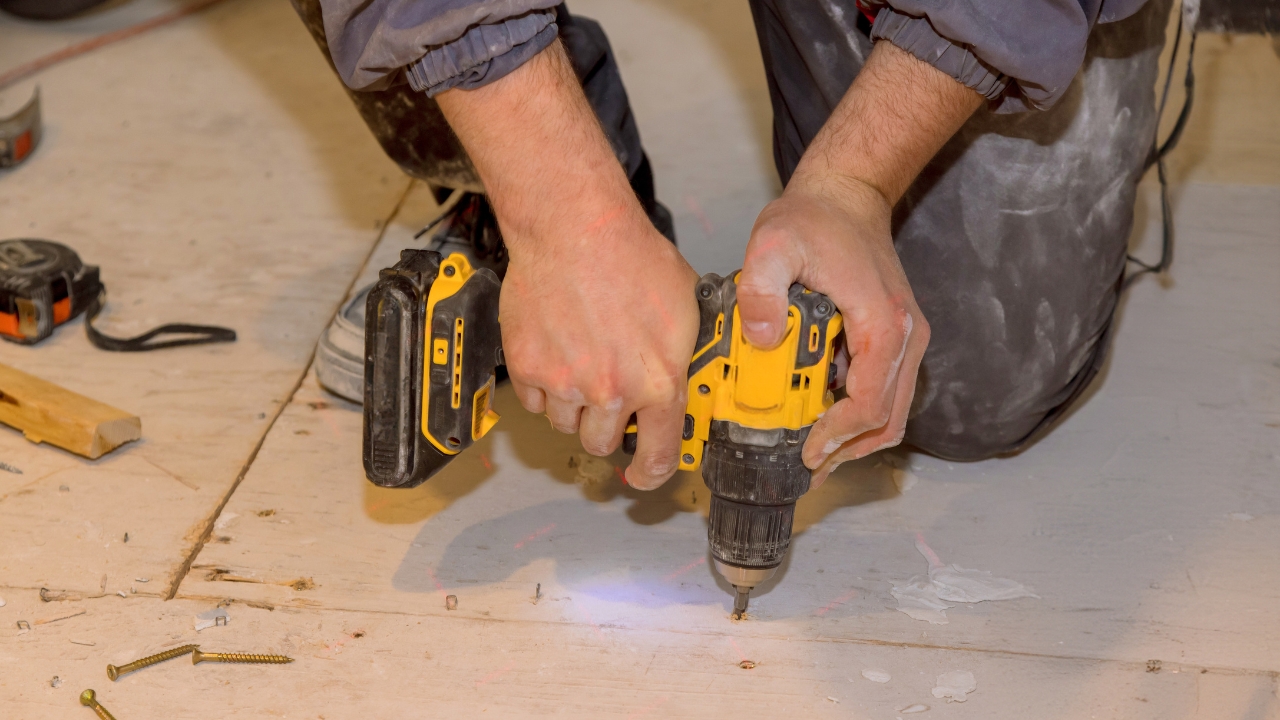
Even if your joists are solid, an old subfloor can still make everything feel loose. Back in the day, builders used planks or thin plywood, and over time those materials loosen or warp. Swapping in 3/4-inch tongue-and-groove plywood or OSB makes a huge difference.
If you’re already replacing flooring, that’s the best time to do it. You’ll get a quieter, more stable feel, and it helps eliminate squeaks and bounce. It’s not glamorous work, but it pays off every time you walk across the room.
Fix the Door Frames
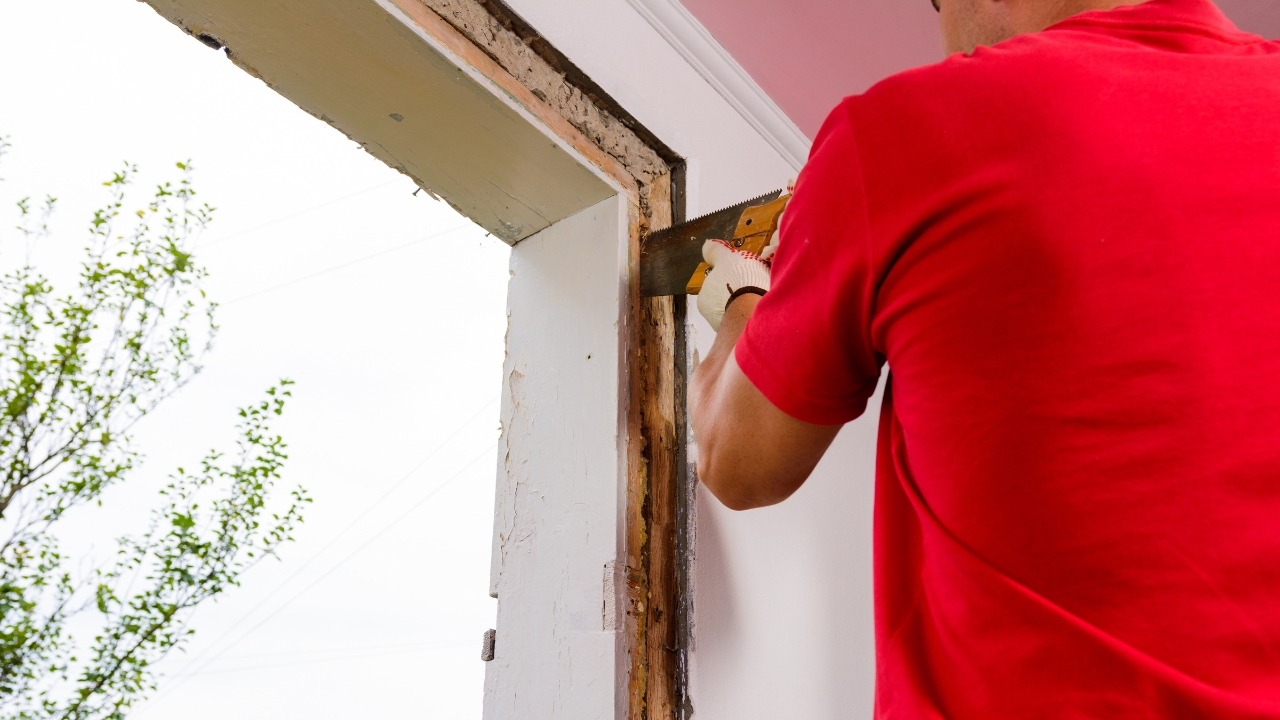
If your doors swing open on their own or won’t latch right, you’re not alone. That usually points to a frame that’s out of square from settling or moisture changes. Reinforcing the frame, adjusting the hinges, or rehanging the door can tighten things up.
In some cases, you might need to pull the trim and re-shim the frame to get everything lined back up. It’s worth the trouble—doors that open and close properly make the whole house feel straighter and more dependable.
Add Wall Bracing (If You Open Up the Walls)
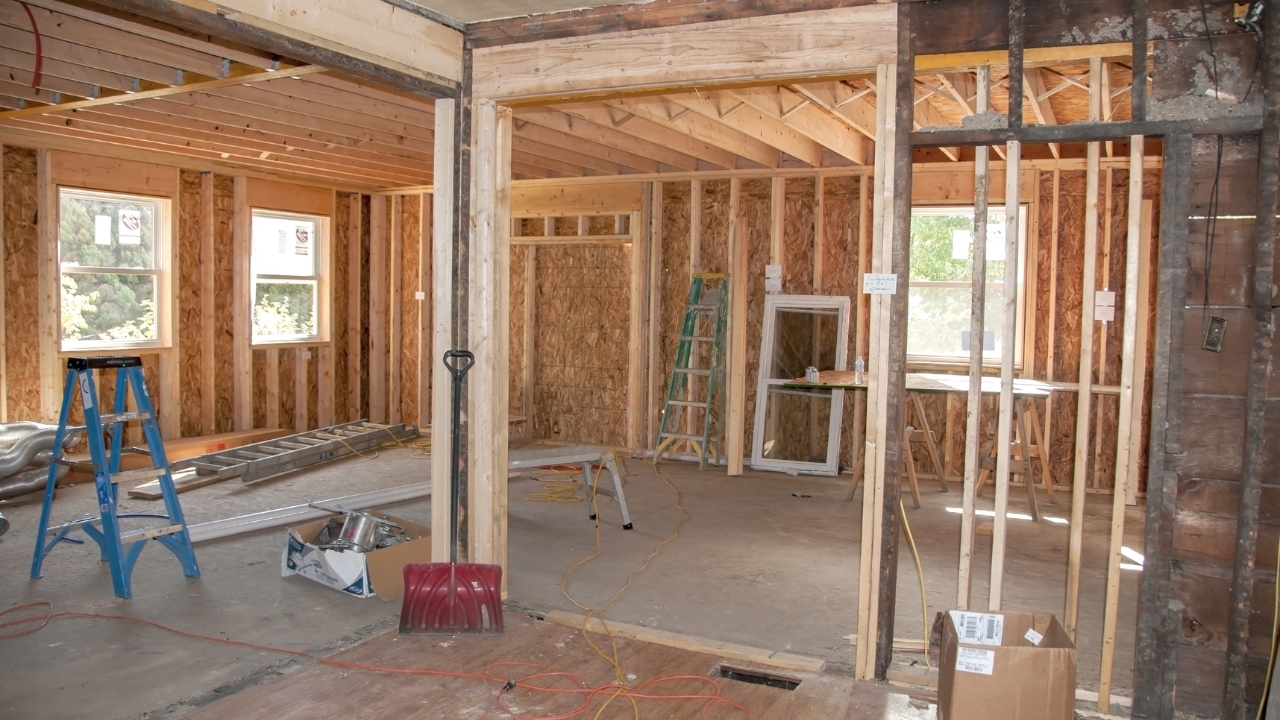
If you’re already doing some remodeling and you’ve got open walls, that’s the time to add some extra bracing. Old homes weren’t always built to handle modern movement—especially if they’ve had additions or been opened up.
Adding metal strapping, plywood shear panels, or cross bracing between studs can stop wall flex and improve earthquake or storm resistance. It’s a behind-the-scenes fix that adds real stability when the structure needs it most.
Secure the Sill Plates
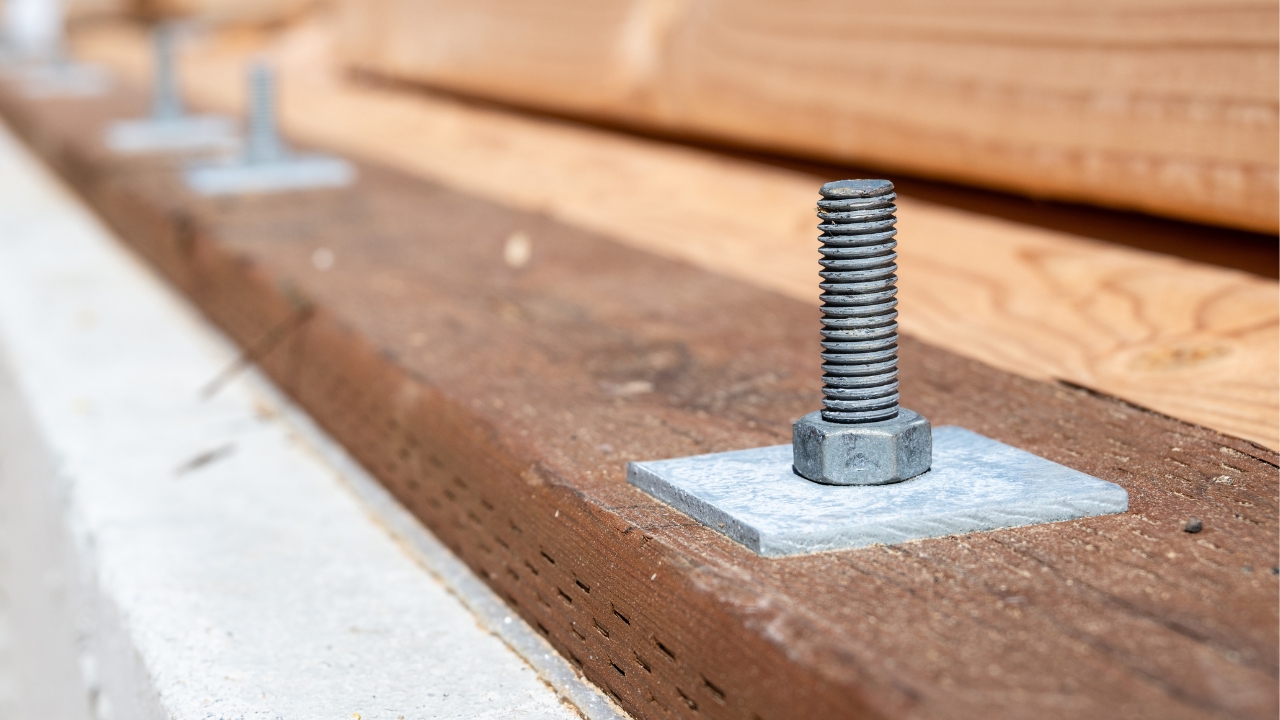
The sill plate is where your house meets the foundation. In older homes, these were often set directly on concrete without proper anchors. Over time, that can cause movement, drafts, and even shifting during storms or quakes.
If you’ve got access to the crawlspace or basement, check for anchor bolts. If they’re missing or too far apart, you can retrofit the sill plate with approved anchors or brackets. It’s one of those upgrades that isn’t visible, but it locks the house down tight.
Re-Caulk and Re-Seal Everything

Old caulk dries out, cracks, and eventually lets in air and moisture. Go around your doors, windows, and baseboards with a utility knife and replace any failing sealant. Use a high-quality exterior-grade caulk where it matters most—like around windows and siding gaps.
This doesn’t just help with weatherproofing. A well-sealed house feels quieter, less drafty, and more finished. It’s one of those small projects that can make a place feel a whole lot newer without much money or time.
Tighten Up the Staircase
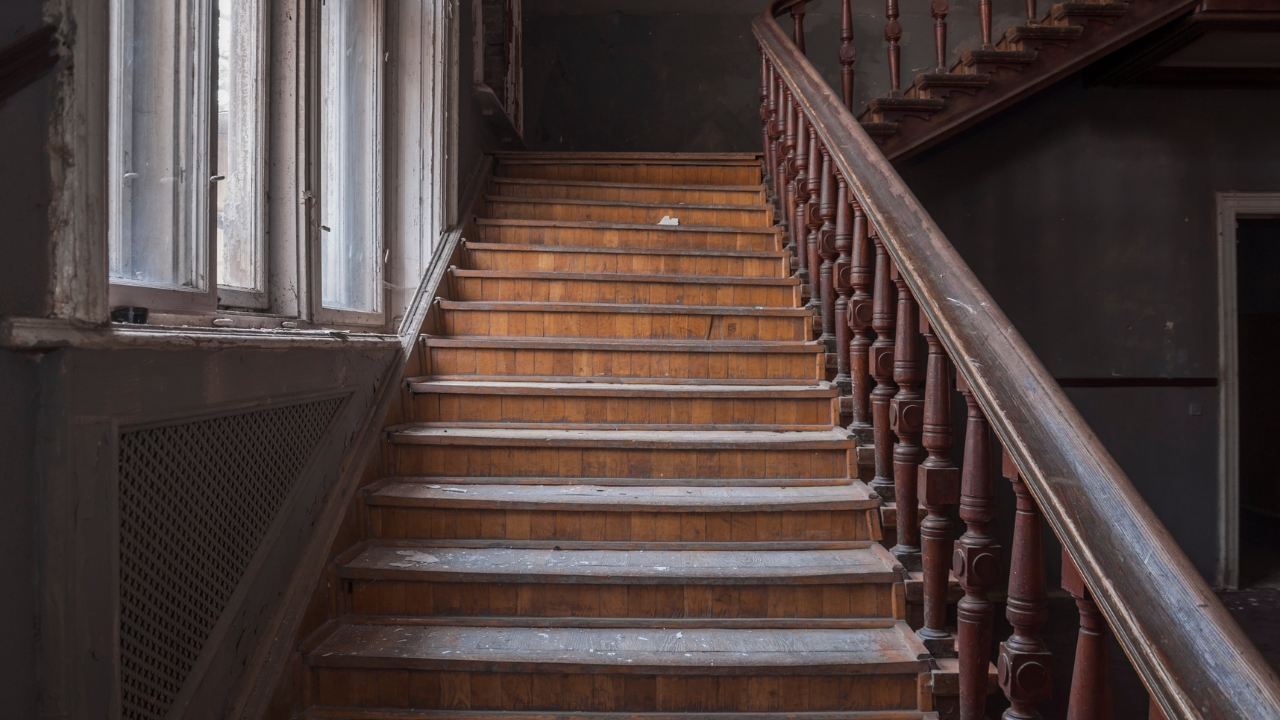
A wobbly staircase is one of the fastest ways to make a house feel flimsy. In old homes, the stringers and treads can loosen over time. Screws pull out, nails back out, and before long, every step creaks or shifts.
To fix it, pull up the treads if needed, run construction adhesive on the stringers, and screw everything back down tight. You can also reinforce from below with extra blocking if there’s access. A staircase that doesn’t move is one of those things you’ll appreciate every single day.
Replace Hollow-Core Doors

Many older homes have had their solid wood doors replaced with cheap hollow-core ones over the years. They feel light, sound flimsy, and offer zero insulation. Swapping them out for solid-core or real wood doors gives the house a heavier, more grounded feel.
It’s not the cheapest upgrade, but you don’t have to do them all at once. Even changing out the main entryways or a few interior doors can make a noticeable difference in how the house feels overall.
Reinforce or Replace Wobbly Railings
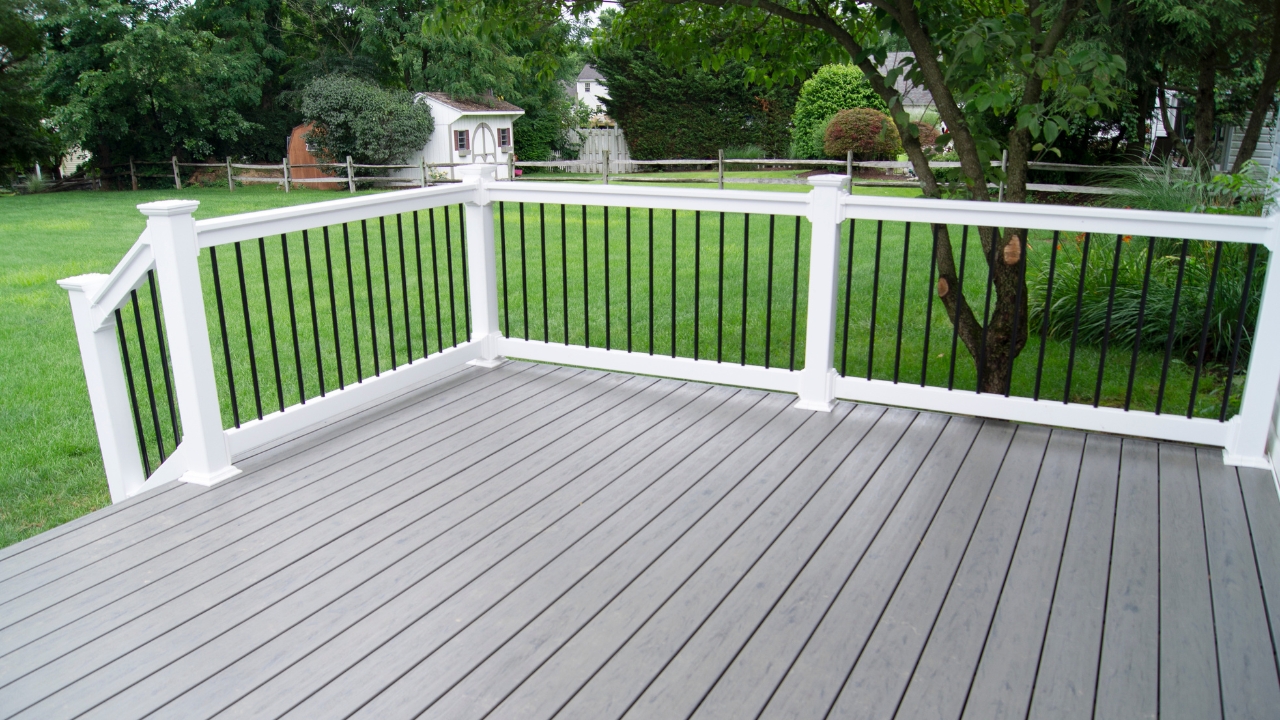
Loose stair or porch railings are not only annoying—they’re unsafe. A lot of older railings weren’t built to today’s standards, and after years of weather and use, they start to wiggle or lean.
You can usually reinforce existing posts with longer lag screws or angle brackets. If they’re too far gone, it’s better to replace them with properly anchored new ones. A railing that doesn’t move gives you confidence, especially if you’ve got kids or guests walking around.
*This article was developed with AI-powered tools and has been carefully reviewed by our editors.

